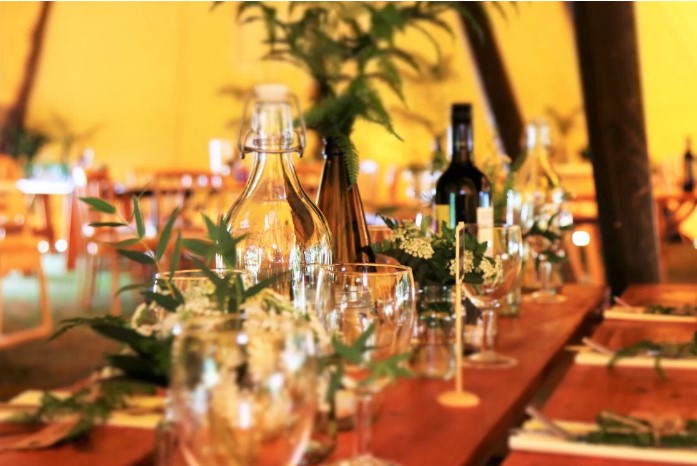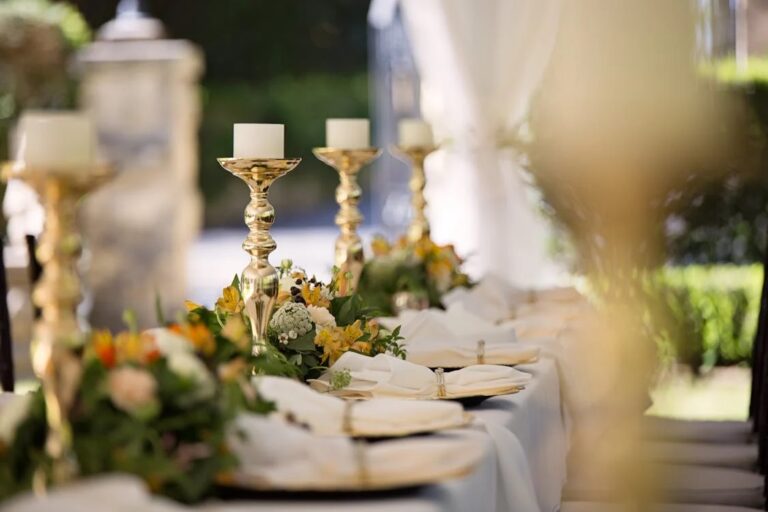
No element signifies celebration more than the lively dance of bubbles in a glass of exquisite champagne. However, selecting the ideal bottle for your event is not a matter of chance; it is an art form. It requires a careful consideration of the grape’s characteristics, the sweetness perceived by the palate, and the dryness that manifests in the glass. Here is how to guarantee that your champagne selection always hits the right note.
Table of Contents
Selecting the Perfect Champagne
Selecting a champagne transcends mere budget considerations—it entails understanding your guests and establishing the desired ambiance. For occasions where impressions matter, one should meticulously consider the variety, whether it be the robust Pinot Noir, the more delicate Pinot Meunier, or the refined Chardonnay. Think of it like assembling a band for a party—sometimes you need the boldness of bass, other times the trills of a flute will do.
Understanding Dryness Levels
The terms ‘brut’, ‘extra-dry’, and ‘demi-sec’ can be confusing and you’ll find them when searching for sparkling champagne online. To simplify, the drier the champagne, the less sugar it contains. A brut nature, for instance, is as refined as a jazz quartet—no added sugar, just the raw notes. Whereas a demi-sec is sweeter, similar to the string section adding a touch of rich sweetness to your champagne symphony.
Tailoring to the Occasion
Is this an intimate prelude to a larger event, or are you headlining with this gathering? For a casual get-together, a crowd-pleaser like a Brut NV is versatile and sure to please. But for those milestone moments, a vintage bottle might be just the solo performance you’re looking for. Remember, personal preference is key. Just as with music, the notes you love are the ones worth cherishing and sharing.
Champagne Service and Presentation
You could pour into a glass, or you can do something more. It’s about the presentation that precedes the initial taste. Maintaining the correct temperature is crucial. If too warm, the effervescence diminishes, and if too cold, the subtle aromas are suppressed. It’s the same reason you don’t serve a hot chocolate at a concert—it needs just the right atmosphere.
Showmanship in Serving
While there’s a timelessness to the classic pouring, sometimes you want a bit of unexpected flare. Have you considered a champagne tower, where the golden liquid cascades down in cascades of effervescence? Or perhaps a sabrage, the art of opening a bottle with a sabre, to really get the conversation—and the party—popping.
The Right Glass to Raise
Think of the glass as the music sheet—the right one can amplify the notes, allowing the champagne’s bouquet to fully express itself. Flutes preserve the bubbles, while a wider tulip glass can enhance the aroma. It’s all a part of the experience, ensuring that the last lingering notes are as satisfying as the first.
In the symphony of an event, champagne is the crescendo, the toast that begins and ends every performance. With a bit of knowledge and care, you’ll have the perfect score for any celebration.






